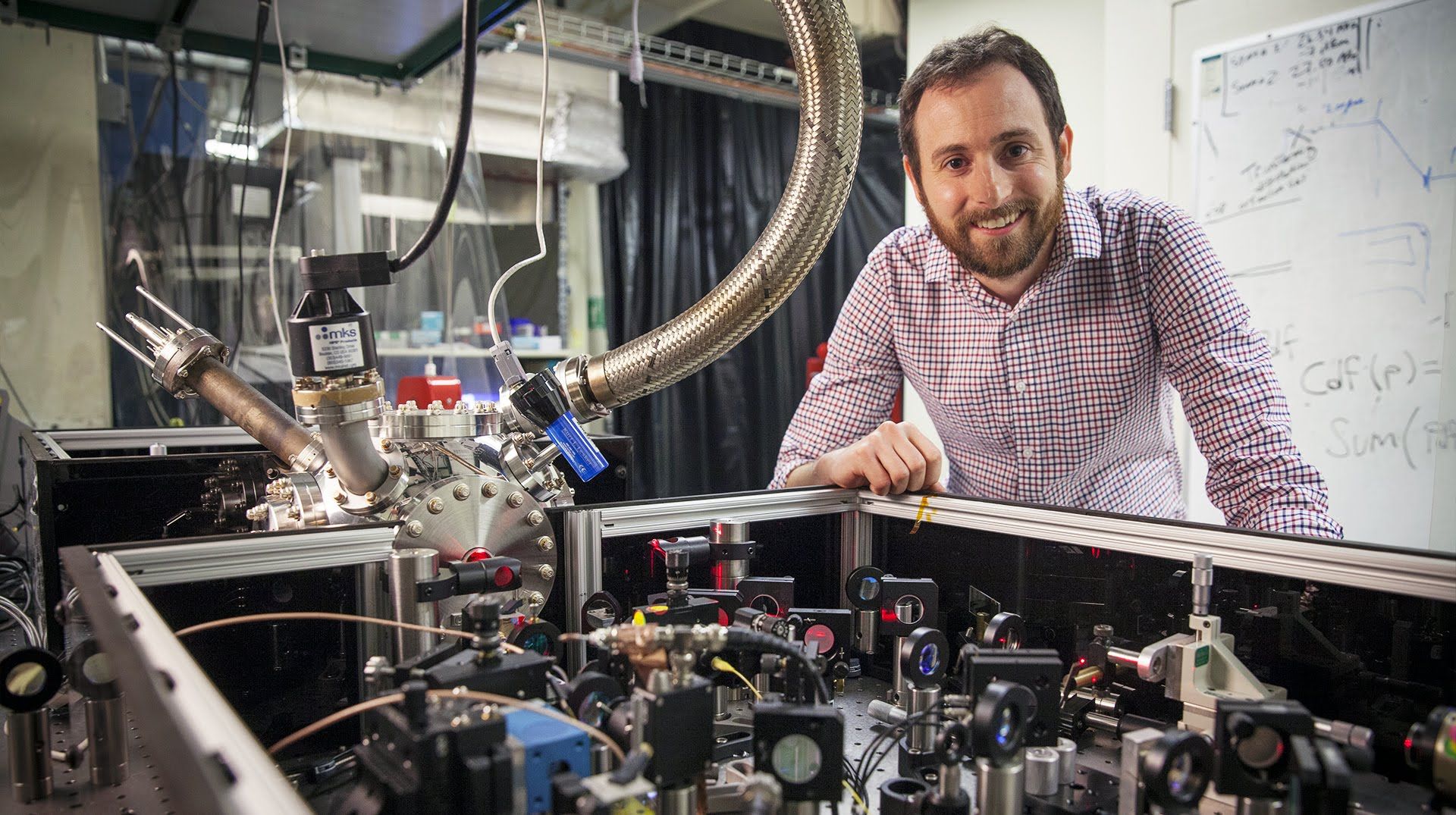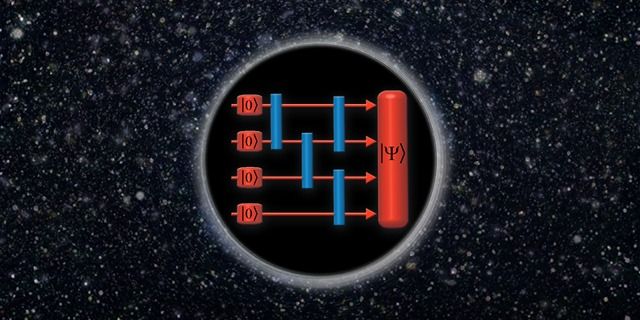May 10, 2016
Hyperloop firm shows off the magnetic tech that will help it move at 760 mph
Posted by Sean Brazell in category: transportation
Very neat!
Here’s the first look inside a Hyperloop.
Hyperloop Transportation Technologies has released video of what it will look like to travel inside the Hyperloop.
Continue reading “Hyperloop firm shows off the magnetic tech that will help it move at 760 mph” »
















